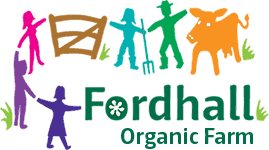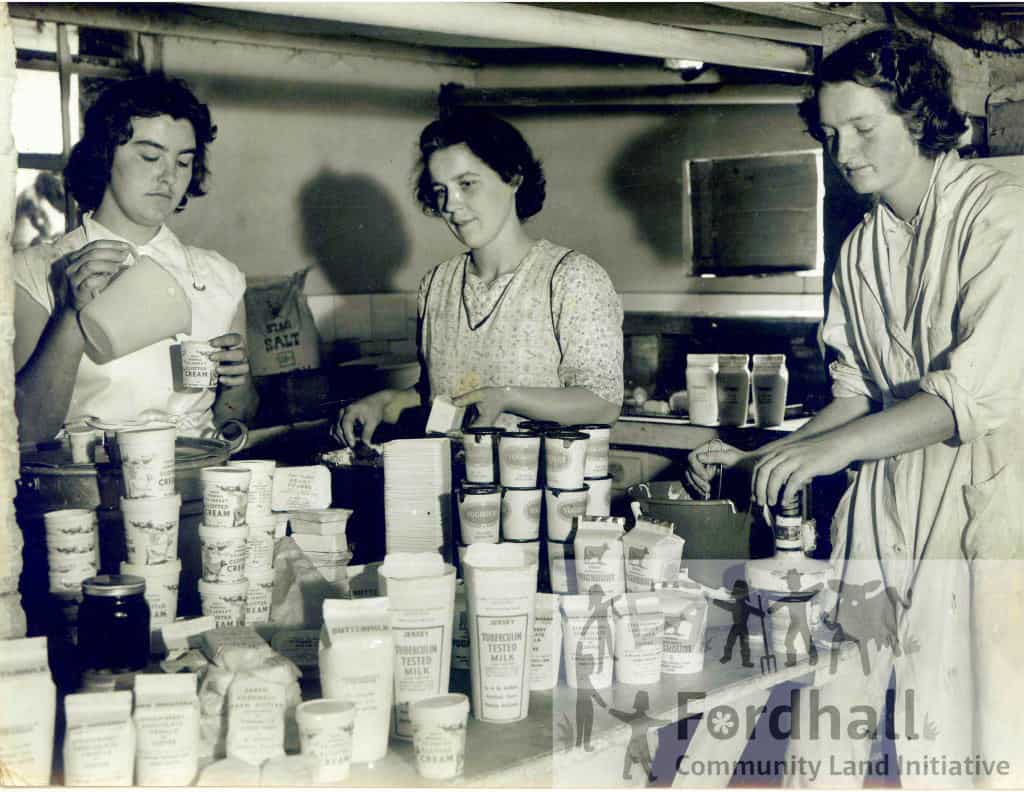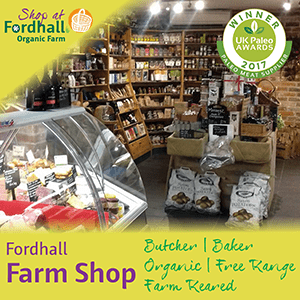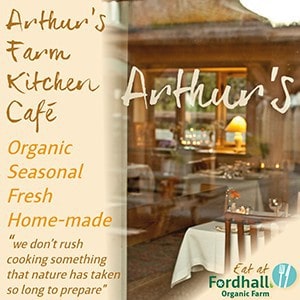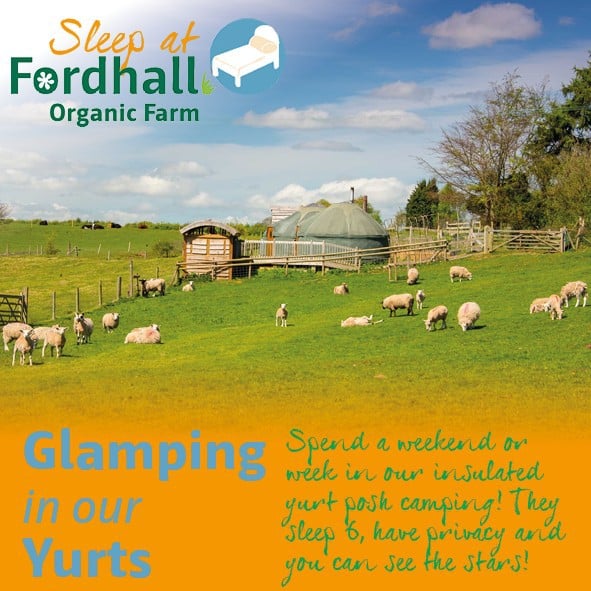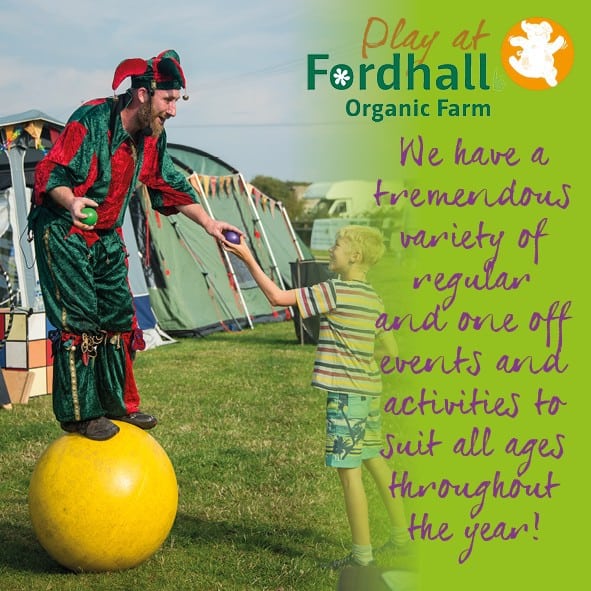May first introduced Arthur to the health benefits of yoghourt when he was suffering from a delicate stomach. Arthur and May started making yoghourt commercially in May 1957. The pedigree and non-pedigree herd of Jersey TT cattle now numbered 52 head. By November of 1957 they were using over 200 gallons of milk a day in yoghourt products. They sold plain live yoghourt and then Arthur began to experiment with various fruit flavours and his first flavoured yoghourt was ‘pure pineapple juice’. In the dairy the yoghourt was prepared by adding the pure yoghourt culture to the still warm milk. Arthur bought the live culture for making the yoghourt from Europe each week. He eventually developed his own live culture. The yoghurt products were being sold all over central England in 1957. According to Arthur “Not only can the Yoghourt be taken as a drink, but it can be drunk with fruit juice, eaten with cereals and fresh or dried fruit and in place of custard when sugar is added, or made into a salad dressing.”
Fruit for the flavoured yoghourt products comes from a local farm, and it is unsprayed. For yoghourt produced out of the fruit season the fruit is fresh frozen and is not thawed until after mixing with the yoghourt.
Arthur’s low-fat yoghourts included apricot, banana, blackcurrant, raspberry, orange, lemon, damson, hazelnut and grape, strawberry, lime, coffee and wine (Cyprus Commandaria). These sold at 1/1d (5 and a half pence) each or 3 for 3/- (15p) in the late 1950s. In the sixties tangerine, was added along with hazelnut and cherries, dandelion and chocolate. In 1969 Arthur was still experimenting with different flavours and he was trying ‘tangelo’ yoghourt. Tangelo is a fruit which originated as a cross between a Duncan grapefruit and a Dancy tangerine.
May decided that due to the interest customers had in their dairy products and after many requests for recipes, they would provide various recipe leaflets on their stalls. The recipes for using yoghourt included:
Rich Salad cream: one Fordhall sour cream, One Fordhall lemon live yoghourt. Brown sugar to taste. Mix. The addition of a little grated horseradish makes a health-giving change.
Ice-cream: one carton or more of Fordhall fruit flavoured live yoghourt. Gently blend in a carton of whipped cream and freeze.
Lactic sauce: cook fish (preferably halibut) gently with butter, chopped onion and milk, seasoned if desired. Pour off milk and onions. To this add one carton of Fordhall lemon live yoghourt and cream. Warm gently. Pour over fish; serve with mashed potatoes and tomatoes.
Curried live yoghourt: into a salad bowl put chopped sweet apples and sultanas, either pour over a tin of tomato puree or chopped tomatoes over. Take a carton of Fordhall cream live yoghourt; add a teaspoon of curry or more according to taste and a teaspoon of brown sugar or more. May be eaten hot or cold, or with hot toast or rice cooked with milk.
Arthur also made a most unusual yoghourt cheese; the cheese is made in the same way as cream cheese. The yoghourt is strained through muslin and the yoghurt whey is used elsewhere. What is left is yoghourt cheese, much lighter than standard cream cheese and with a slight ‘tangy’ taste.
In 1967 Arthur was producing at least 12 different fresh fruit yoghourts. He was also beginning to produce Yogice. Yogice was a blend of Fordhall Live fat Free Yoghourt and fresh Jersey cream. It was said to provide a refreshing alternative to modern ice cream with the extra benefits contained in live yoghourt. Some of the varieties on offer were:
Yogice with fresh vanilla and lavender honey
Yogice with pure chocolate and fine ground Swiss hazelnuts
Yogice with pure emulsified lime
Yogice with fresh strawberries
Yogice with wild blackberry liqueur and fresh blackberries
Arthur had also developed Yogtail. This was described as ‘skilfully blended Live Fat Free Yoghourt, citrus fruit, and fresh berried fruits, Advocaat, red wine and rum.’ Yogtails were advertised as ‘a new approach to your party, slimming diet and a mid-morning break, it also makes an excellent pick-me-up.’ The advocaat used in the Yogtails was made on the farm, from free range eggs, Barbados sugar and brandy.
Arthur was always open to new ideas, to find out about how he made Cottage Cheese at Fordhall farm click here
